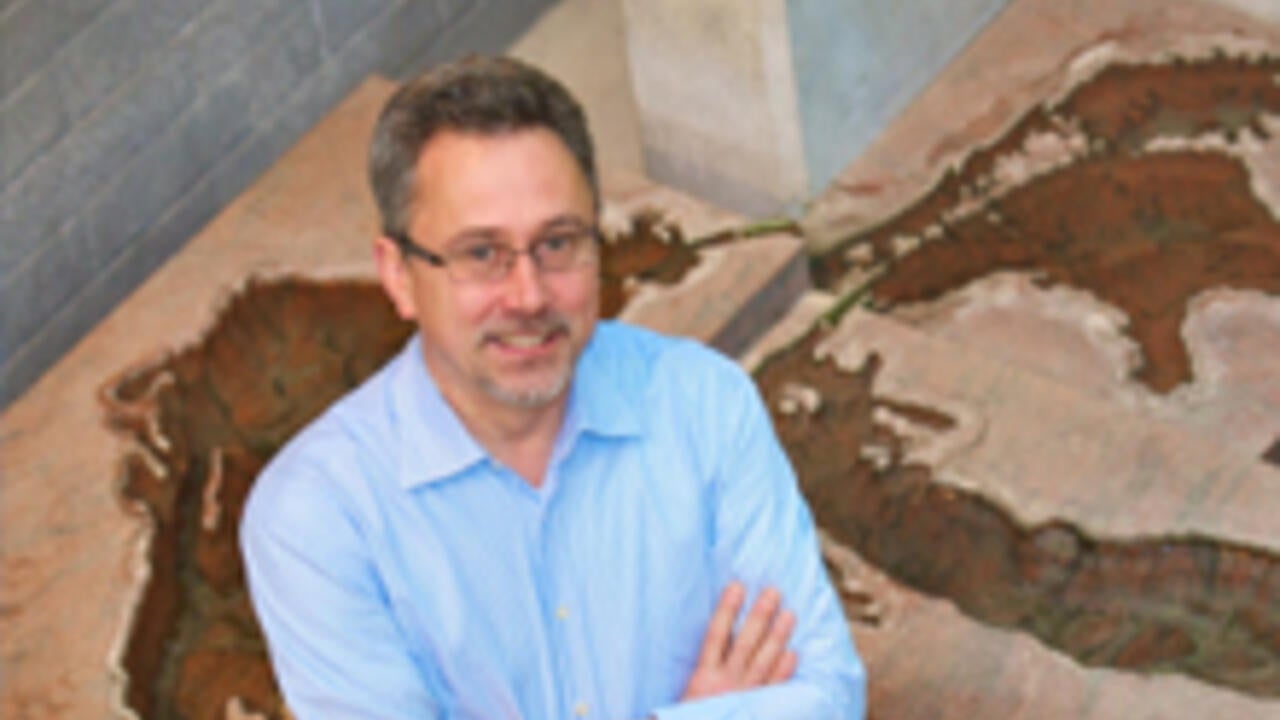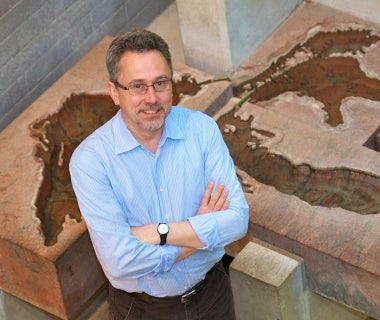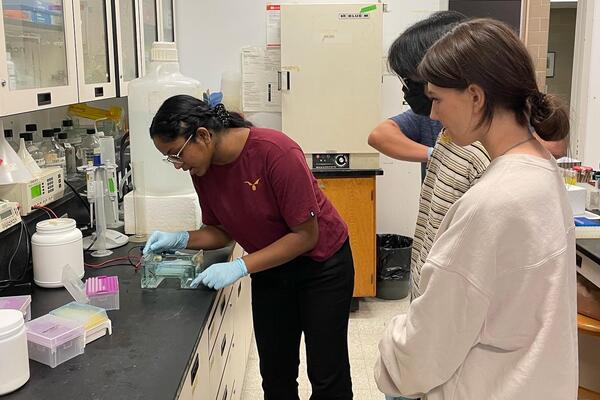
Every drop counts:
Waterloo researcher studies how small changes can have a big impact on water systems.

Waterloo researcher studies how small changes can have a big impact on water systems.
By Christian Aagaard Communications and Public AffairsPhilippe Van Cappellen uses a quick lesson in human anatomy to explain the work he does at the University of Waterloo.
 Philippe Van Cappellen, Faculty, University of Waterloo, Department of Earth and Environmental Sciences.
Philippe Van Cappellen, Faculty, University of Waterloo, Department of Earth and Environmental Sciences.
Ecohydrology? It’s like this, he says: The body depends on the circulation of blood to keep its organs healthy and deal with toxins. “In the watershed, the circulatory system is the flow of water,’’ Van Cappellen said. “The contact points are the organs in the watershed.”
Ecohydrology studies what happens when groundwater, surface water and land features meet.
Chemical and physical changes occur when water sources and land features intersect. Molecular as they may be at first, changes in water quality can grow in force as they spread through the vast circulatory system that makes up a watershed.
They might be responsible for a nutrient boost that causes a bloom of toxic algae in a lake, or contribute to a dangerous rise in arsenic found in water drawn from a well. They may occur naturally, or be influenced by human activity.
World Water Day
Van Cappellen came to Waterloo in 2011 when he was appointed Canada Excellence Research Chair in Ecohydrology. He is in the Department of Earth and Environmental Sciences, Faculty of Science.
Waterloo’s expertise in water management goes back to the university’s start more than 50 years ago. The Water Institute, a pooling of ideas and research across 20 departments, is one byproduct of that interest. The Water Institute sponsored an event that took place last week at Wilfrid Laurier University to celebrate World Water Day.
Feeling swamped
Van Cappellen and the research team he leads use such technologically diverse tools as hip waders and particle accelerators. They are now examining samples taken from the Beverly Swamp near Cambridge last October, following a small test flood at the end of a dry summer.
What they learn about how the swamp responded to that sudden rush of water will build up data for computer modelling. Modelling can lead to land-use planning that gives greater consideration to the complexity and fragility of water systems, especially as weather events become more intense with climate change.
“By putting all these pieces together, you get a much more holistic approach,’’ Van Cappellen says. “You can see the consequences from headwaters to outflow.”

Read more
University of Waterloo researchers discuss the challenges faced by researchers amid rising antagonism in climate science discourse

Read more
The Faculty of Science signs agreements with Caribbean medical and veterinary schools to streamline student pathways to medical school

Read more
Student-run venture, Real Research, aims to provide Waterloo students more opportunities to get involved in research labs on campus
The University of Waterloo acknowledges that much of our work takes place on the traditional territory of the Neutral, Anishinaabeg and Haudenosaunee peoples. Our main campus is situated on the Haldimand Tract, the land granted to the Six Nations that includes six miles on each side of the Grand River. Our active work toward reconciliation takes place across our campuses through research, learning, teaching, and community building, and is co-ordinated within the Office of Indigenous Relations.